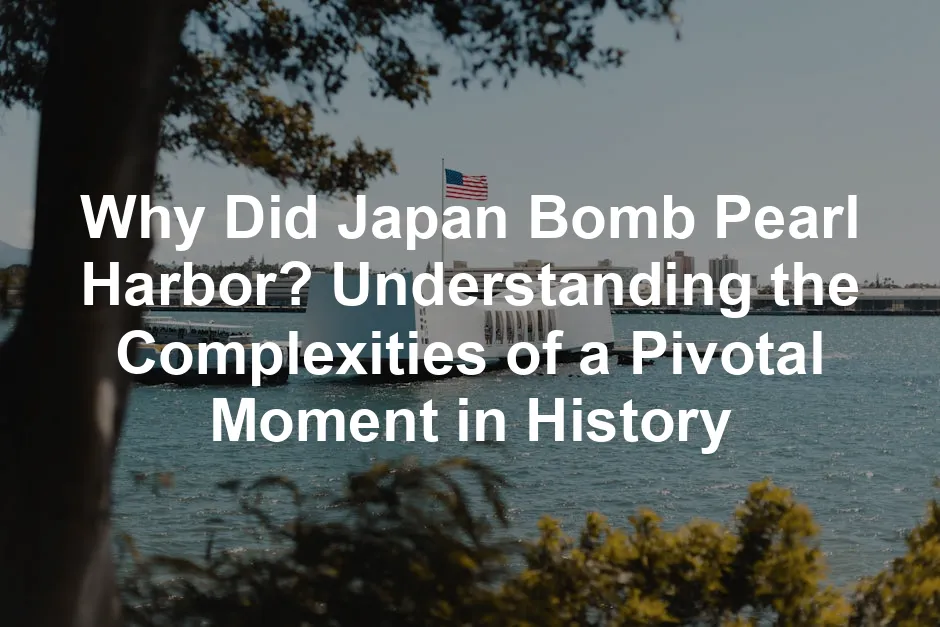
Why Did Japan Bomb Pearl Harbor? Understanding the Complexities of a Pivotal Moment in History
Introduction
On December 7, 1941, the world faced a shocking event. Japanese forces launched a surprise attack on Pearl Harbor, a vital U.S. naval base in Hawaii. This audacious move not only marked a turning point in World War II but also raised countless questions about Japan’s motivations. Was it a desperate bid for resources? A calculated military strategy? Or merely a culmination of growing tensions? This article examines the history, politics, and military strategies that led to this infamous event, unraveling the intricate web of factors that drove Japan to bomb Pearl Harbor.
To understand the motivations behind this attack, it’s essential to explore the historical context. Why did Japan attack Pearl Harbor?
As we dive into the complexities surrounding this pivotal moment, we uncover layers of political maneuvering, military strategies, and the dire consequences of Japan’s actions. Understanding these elements helps answer the crucial question: why did Japan choose to strike at Pearl Harbor? By exploring the motivations that led to this attack, we gain valuable insight into one of history’s most significant events.
For those who want to delve deeper into this historical event, consider picking up “Pearl Harbor: The Seeds of Infamy” by John W. Dower. This book provides an in-depth analysis of the events leading to the attack and offers a thorough understanding of the historical context.
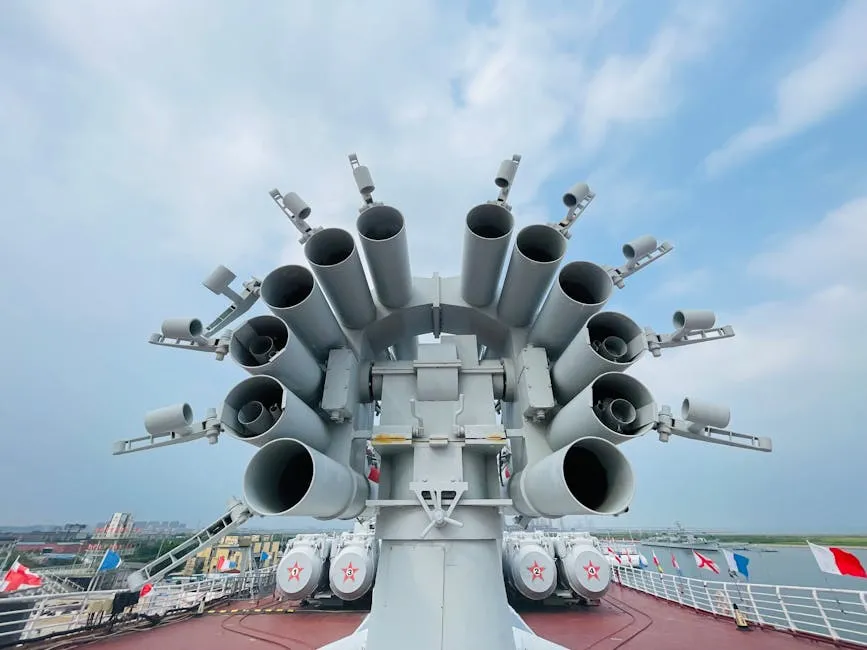
Summary of Key Points
- Historical Context: Japan’s pre-war ambitions and economic struggles shaped its aggressive foreign policy. The nation sought to build its empire, particularly in response to Western colonialism. This expansionist mindset created tensions with the U.S., which had interests in the Pacific.
- Japan’s Need for Resources: Japan’s industrialization had created an insatiable demand for oil, minerals, and other vital resources. With limited domestic supplies, Japan viewed territorial expansion as the solution to its resource scarcity.
- U.S. Responses: American economic sanctions, including the freezing of assets and embargoes, escalated tensions. Japan saw these actions as direct threats to its national security and imperial ambitions.
- Military Strategy: The attack on Pearl Harbor was meticulously planned by Admiral Isoroku Yamamoto. The goal was to incapacitate the U.S. Pacific Fleet and prevent American intervention in Japanese expansion efforts. The execution of the attack involved overwhelming air strikes, catching the U.S. forces off guard.
- Immediate Aftermath: The attack resulted in significant casualties and damage, leading to the United States’ formal entry into World War II. The initial shock galvanized the American public and military into action, drastically shifting the balance of power in the Pacific.
- Long-term Consequences: The attack had profound implications for both Japan and the U.S. It marked the beginning of intense military conflict, ultimately leading to Japan’s defeat. The memory of Pearl Harbor continues to influence U.S. foreign policy and national identity today.
By examining these key points, we can begin to unravel the motivations behind Japan’s decision to bomb Pearl Harbor. This crucial event transformed the course of history, shaping the future of international relations and military strategy for decades to come.
If you’re looking for a gripping visual account of this event, check out “Pearl Harbor: A Day of Infamy” (Documentary DVD). It provides a detailed overview of the events and their impact on the world.

The Historical Context
Japan’s Path to Militarism
Japan’s transition into a formidable imperial power began in the late 19th century. The Meiji Restoration in 1868 marked a seismic shift. Japan rapidly industrialized, adopting Western technologies and military strategies. This transformation allowed Japan to emerge victorious in wars against China and Russia. Through these conflicts, Japan not only secured its status as a major power but also expanded its territorial ambitions.
The nation’s newfound strength fueled a desire for more. As Western colonial powers carved up Asia, Japan felt the pressure to assert its influence. The quest for resources became a driving force behind its aggressive foreign policy. Japan aimed to establish an empire in Asia and the Pacific, viewing it as a necessary step to ensure its survival amid the threats posed by Western nations.
Japan’s expansionist ambitions were not just about acquiring land; they were also a response to the humiliation felt from Western dominance. The nation sought to prove itself on the global stage. By the 1930s, Japan had invaded Manchuria, claiming it as a puppet state. This action was a blatant challenge to the international order, leading to condemnation from the League of Nations. Japan responded by withdrawing from the league, further isolating itself.
The Second Sino-Japanese War, which began in 1937, intensified Japan’s military pursuits. The need for resources was urgent. Japan relied heavily on imports, especially for oil and raw materials. As the conflict with China escalated, Japan’s military sought to secure access to resource-rich regions. This created a volatile environment, ultimately leading to an insatiable hunger for expansion.
To understand this intricate history, consider reading “The Second World War” by Sir Winston Churchill, which offers a comprehensive perspective on the global conflict and Japan’s role in it.
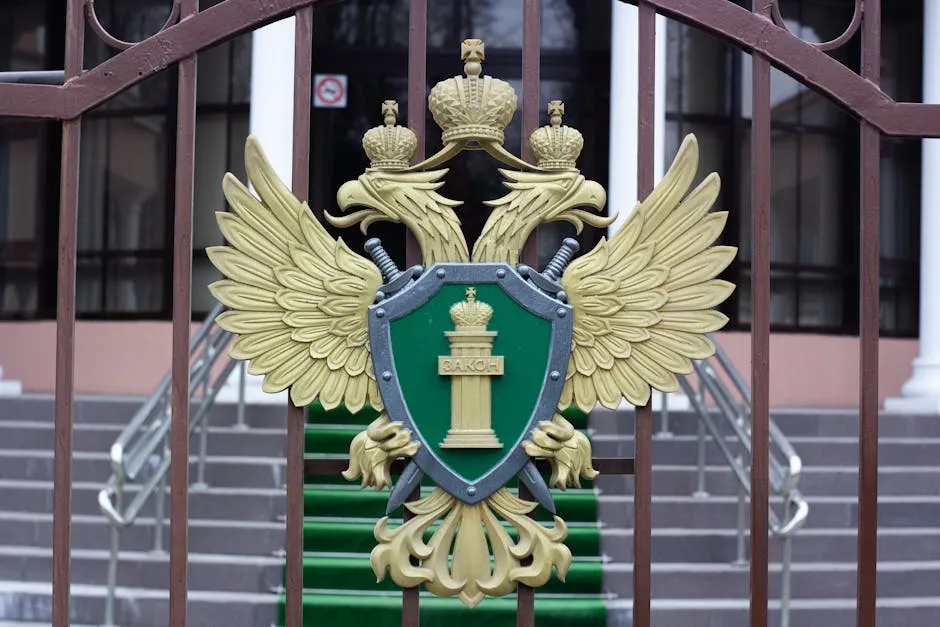
Escalating Tensions with the United States
Tensions between Japan and the United States had been simmering for years. The invasion of Manchuria in 1931 marked the beginning of a fraught relationship, leading to increased American scrutiny of Japanese expansion. By the late 1930s, Japan’s aggressive actions in China had drawn the ire of the U.S. government. The United States began to impose economic sanctions and embargoes, aimed at curbing Japan’s military ambitions.
The turning point came in July 1941 when the U.S. froze Japanese assets. This action crippled Japan’s ability to import essential materials, particularly oil. With approximately 94% of its oil supply coming from the U.S., Japan faced a dire situation. The military leadership believed that without adequate resources, the nation could not sustain its military campaigns in China or expand further into Southeast Asia.
In response to these restrictions, Japan formulated a daring plan to secure oil-rich territories. The leaders believed that a swift attack on the U.S. Pacific Fleet would remove the primary obstacle to their expansion. The invasion of French Indochina in September 1940 had already escalated tensions, prompting strong reactions from the U.S., including further sanctions.
As diplomatic negotiations failed, Japan’s military strategists concluded that war was inevitable. The decision to attack Pearl Harbor became a matter of survival. They believed that a successful strike would not only incapacitate the U.S. military presence in the Pacific but also force the U.S. to lift its economic restrictions.
Leading up to December 7, 1941, both nations were locked in a dangerous game of chess. Japan’s military felt cornered, and their leaders were convinced that striking first was the only option left. The attack on Pearl Harbor was not just a military strategy; it was a desperate attempt to secure Japan’s future amid growing isolation and escalating tensions with the U.S.
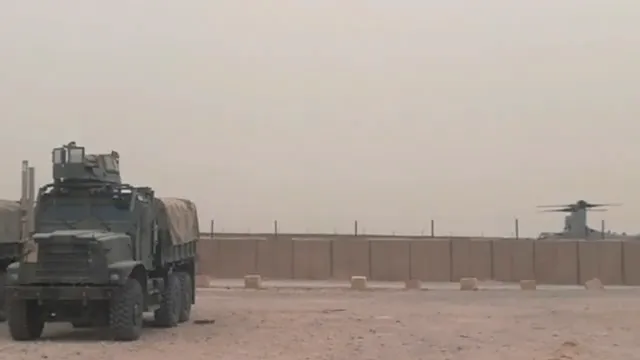
Japan’s Motivations for the Attack
The Quest for Resources
Japan’s aggressive ambitions were fueled by a pressing need for natural resources. Despite its rapid industrialization, Japan lacked essential materials. The country relied heavily on imports for about 94% of its oil supply. This dependency posed a significant threat to Japan’s military and economic stability. As the nation expanded its military might, the demand for oil and raw materials skyrocketed.
Southeast Asia was a treasure trove of resources. Countries like the Dutch East Indies (now Indonesia), rich in oil, and the Philippines, abundant in minerals, beckoned Japan. By seizing control of these territories, Japan hoped to secure a steady supply of the resources necessary for its imperial ambitions. The allure of expansion was irresistible; Japan envisioned a vast empire stretching across Asia, challenging Western dominance.
Japan’s imperial plans intensified after its invasion of Manchuria in 1931. The establishment of a puppet state, Manchukuo, was a clear signal of Japan’s intent to expand. This move angered the international community but only fueled Japan’s desire for more territory. The Second Sino-Japanese War, which began in 1937, further strained Japan’s resources. The military campaign in China required an enormous amount of supplies and manpower, amplifying the urgency to secure additional territories.
For those interested in the human stories behind these events, consider reading “Hiroshima” by John Hersey. This book provides a poignant account of the aftermath of war and the resilience of those affected.

The Impact of U.S. Economic Sanctions
The U.S. response to Japan’s aggressive actions was swift and severe. Economic sanctions were imposed, targeting vital resources, particularly oil. In July 1941, the United States froze all Japanese assets. This drastic action crippled Japan’s ability to procure essential materials, throwing the nation into a resource crisis. With its military might heavily reliant on a steady supply of oil, Japan faced a dire situation.
The U.S. embargo had a profound impact. Japan, already engaged in military campaigns in China, found its operations increasingly hampered. The country was running low on oil reserves, with estimates suggesting that it had less than two years of bunker oil left. The dire need for resources pushed Japan’s military leadership to consider drastic measures.
Faced with mounting pressure, Japan sought alternatives. Military planners believed that to secure its future, it must seize resource-rich territories in Southeast Asia. However, they perceived the U.S. as a significant barrier standing in the way of their expansion. Without a bold move, Japan feared that it would be unable to sustain its military efforts.
In response to the U.S. sanctions, Japan’s leadership made a strategic decision. They concluded that a preemptive strike against the U.S. Pacific Fleet was necessary. The aim was to incapacitate American naval power, thereby allowing Japan to freely access the resources it desperately needed. The Pearl Harbor attack was not just about military strategy; it was also a calculated response to economic warfare.
Japan’s leadership underestimated the consequences of their actions. They believed that a successful attack would force the U.S. to lift the embargo and allow Japan to continue its imperial ambitions. However, the attack on Pearl Harbor had the opposite effect. It awakened a sleeping giant, leading to a full-scale U.S. military mobilization and a protracted war that would ultimately result in Japan’s defeat.

The Planning and Execution of the Attack
Military Strategy and Tactics
Admiral Isoroku Yamamoto, a visionary military strategist, masterminded the attack on Pearl Harbor. His objective was clear: deliver a crippling blow to the U.S. Pacific Fleet. Yamamoto understood that to secure Japan’s ambitions in Southeast Asia, neutralizing American naval power was crucial. He believed that a swift and decisive strike could buy Japan time to solidify its territorial gains.
The operation, known as “Operation Z,” involved meticulous planning. Yamamoto coordinated a formidable fleet, discreetly transporting six aircraft carriers, two battleships, and multiple supporting vessels across the Pacific. The Japanese forces boasted 414 aircraft, with 353 participating in the attack. Their primary targets were the battleships, aircraft carriers, and airfields stationed at the harbor.
The attack unfolded in two distinct phases. The first wave struck at 7:48 a.m., focusing on battleships and airfields. Torpedo bombers targeted ships while dive bombers aimed for aircraft on the ground. The second wave followed closely, capitalizing on the initial chaos to inflict further damage. Despite the surprise, the Japanese faced formidable defenses, yet their strategic execution left the U.S. forces reeling.
If you’re fascinated by military strategy, you might enjoy “The Art of War” by Sun Tzu. This classic text offers timeless insights into strategy that are still relevant today.

The composition of Japanese forces played a significant role. The fleet included skilled pilots trained for aerial combat, equipped with advanced aircraft like the Mitsubishi A6M Zero fighters. This superiority in numbers and technology allowed for a devastating assault. By executing a well-coordinated attack, Japan aimed to shatter American morale and cripple their capabilities in the Pacific.
In summary, the planning and execution of the Pearl Harbor attack reflected a calculated military strategy. Yamamoto’s vision hinged on surprise and precision, aiming to deliver a swift and overwhelming strike. Ultimately, the attack was a pivotal moment that shifted the balance of power in the Pacific, marking the beginning of a protracted conflict.
The Attack on Pearl Harbor
On December 7, 1941, the attack on Pearl Harbor commenced at 7:55 a.m. with the first wave of Japanese aircraft swooping in. Caught off guard, U.S. forces scrambled to respond, but the element of surprise worked in Japan’s favor. The initial assault involved 183 aircraft targeting the U.S. Pacific Fleet. Their primary goals were the battleships, aircraft carriers, and airfields.
The first wave was devastating. Torpedo bombers targeted the battleships, while dive bombers focused on airfields to cripple U.S. defenses. Within minutes, ships like the USS Arizona and USS Oklahoma suffered catastrophic damage. Following this, a second wave of 170 aircraft continued the assault, inflicting additional casualties and destruction.
By the end of the attack, the toll was staggering. The United States suffered 2,403 total casualties, including military personnel and civilians. Among the dead were 2,008 Navy sailors, 109 Marines, and 218 Army personnel. The attack also led to the sinking or damaging of 18 American ships, including four battleships that were left in ruins.
The destruction of aircraft was equally severe. Out of 402 planes stationed in Hawaii, 188 were destroyed, and many others were severely damaged. However, in a twist of fate, not a single U.S. aircraft carrier was present during the attack—an oversight that would prove pivotal in subsequent battles.
The immediate aftermath saw Japan achieve its tactical objectives, dealing a significant blow to U.S. naval power. However, the attack ultimately united the American public and catalyzed their resolve. President Franklin D. Roosevelt’s famous “Day of Infamy” speech resonated deeply, leading to a declaration of war against Japan the following day.
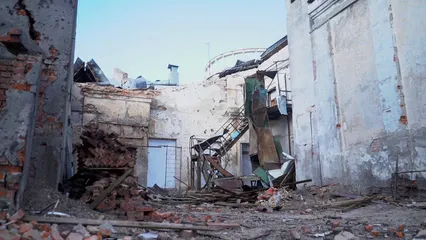
Thus, the attack on Pearl Harbor served as a critical juncture in World War II. While Japan celebrated a tactical victory, it inadvertently awakened a sleeping giant. This event set the stage for a protracted conflict, reshaping the dynamics of warfare in the Pacific theater.
Immediate Aftermath and U.S. Response
The U.S. Entry into World War II
After the shocking attack on Pearl Harbor, President Franklin D. Roosevelt wasted no time. He delivered a powerful speech to Congress on December 8, 1941, famously referring to the day as “a date which will live in infamy.” His words resonated deeply, stirring emotions and igniting a sense of unity among the American people. Within hours, Congress declared war on Japan, marking the United States’ formal entry into World War II.
The attack on Pearl Harbor served as a catalyst for a dramatic shift in American public opinion. Before the attack, many Americans favored isolationism, wanting to avoid involvement in another global conflict. However, the surprise assault transformed public sentiment overnight. Many citizens were outraged and demanded action. This newfound resolve galvanized the nation, leading to a unified call for military mobilization.

The U.S. military response was swift and multifaceted. In the weeks following the attack, recruitment surged. The Army, Navy, and Air Force saw a significant influx of new enlistees. The American industry, often referred to as the “Arsenal of Democracy,” quickly pivoted to wartime production. Factories that once produced consumer goods now manufactured tanks, aircraft, and munitions. This remarkable transformation demonstrated the country’s capacity to adapt and ramp up production in the face of crisis.
Moreover, the attack on Pearl Harbor highlighted the need for strategic military planning. Leaders recognized that the U.S. could no longer afford to remain passive. The Pacific theater became a focal point for military efforts, as commanders adjusted their strategies to counter Japan’s aggressive expansion. The loss of battleships at Pearl Harbor, while significant, was not the end of American naval power. With aircraft carriers untouched during the attack, they became the backbone of the U.S. Navy’s resurgence in the Pacific.
For those wanting to learn more about the U.S. military’s response to World War II, “Band of Brothers” (Blu-ray box set) is a powerful depiction of the U.S. military’s experiences during the war.

The American public rallied around the troops, fostering a national spirit of sacrifice and determination. War bonds were sold, and rationing began as citizens prepared for the long road ahead. The attack on Pearl Harbor not only marked the U.S. entry into World War II but also united the nation in a way that few events had done before. It ignited a fierce resolve that would propel America into a conflict that would ultimately reshape the world.
Long-term Consequences
Implications for Japan
The attack on Pearl Harbor initially appeared to be a strategic victory for Japan. It allowed the country to temporarily incapacitate the U.S. Pacific Fleet and gain critical time to expand its empire across Southeast Asia. However, this short-term gain masked the long-term consequences that would unfold. Japan’s military strategy became increasingly aggressive, believing it could secure dominance in the Pacific.
In the months following the attack, Japanese forces rapidly captured key territories, including the Philippines, Guam, and Wake Island. This expansion fueled Japan’s confidence, leading to further military endeavors. However, the aggressive strategy soon revealed its flaws. Japan underestimated the resilience of American forces and the speed of U.S. military mobilization.
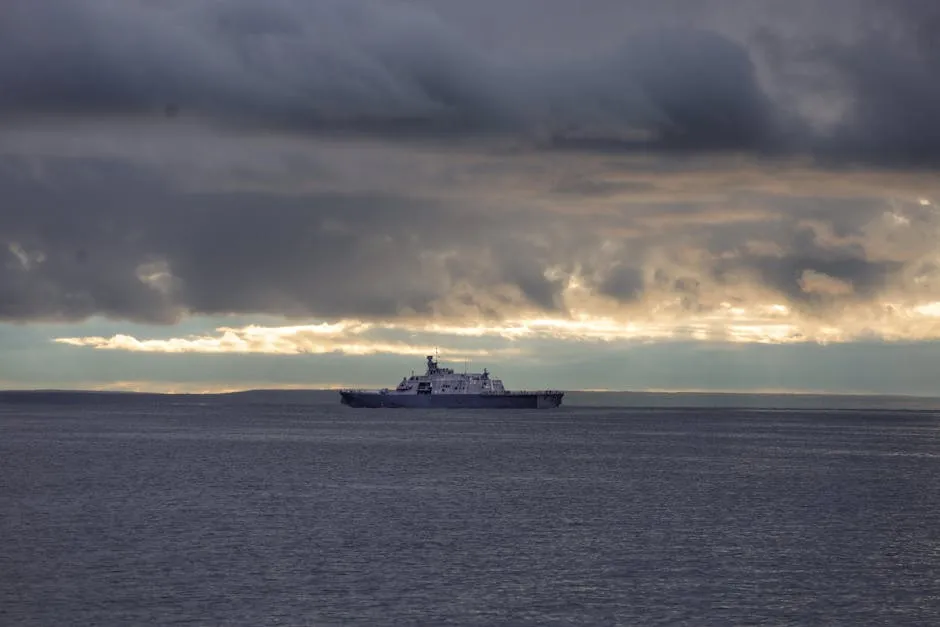
As the war progressed, Japan’s initial successes turned into overreach. The subsequent battles of Coral Sea and Midway in 1942 marked a turning point. At Midway, Japan faced a crushing defeat, losing four aircraft carriers and hundreds of experienced pilots. This loss dramatically shifted the balance of power in the Pacific. The once seemingly invincible Japanese forces began to falter, and their military strategy faltered under the relentless American counteroffensive.
Don’t miss out on the cinematic portrayal of these events with “Dunkirk” (Blu-ray). This film captures the urgency and heroism of war in a way that will stay with you long after the credits roll.
The attack on Pearl Harbor also had profound ramifications for Japan’s home front. The prolonged conflict strained resources, leading to shortages of food, fuel, and other essential supplies. The imperial ambitions that once seemed attainable became increasingly elusive. The final blow came with the dropping of atomic bombs on Hiroshima and Nagasaki, leading to Japan’s surrender in August 1945. The dream of a vast empire crumbled, leaving behind a legacy of devastation and defeat.

Impact on U.S.-Japan Relations
The attack on Pearl Harbor fundamentally altered the trajectory of U.S.-Japan relations. Prior to the assault, diplomatic ties were strained but not entirely severed. The attack not only escalated hostilities but also entrenched a deep-seated animosity between the two nations. The immediate aftermath saw the United States mobilizing for war, with a focus on defeating Japan and its allies.
In the years following World War II, the U.S. took a proactive approach to reshape Japan. After its defeat, Japan underwent a transformation under American occupation. The U.S. aimed to demilitarize and democratize Japan, fostering a new relationship rooted in cooperation. This shift laid the groundwork for a strategic alliance that endures today.
The war’s legacy continues to influence U.S. foreign policy in the Asia-Pacific region. The lessons learned from the Pearl Harbor attack led to a more vigilant approach to national security. American military strategy evolved, with a focus on intelligence, preparedness, and deterrence. The emphasis on preventing surprise attacks became a cornerstone of U.S. military doctrine.
Culturally, Pearl Harbor remains a potent symbol in both nations. In the United States, it serves as a reminder of the sacrifices made during the war. The phrase “Remember Pearl Harbor” has become synonymous with resilience and unity. In Japan, the memories of the attack and subsequent defeat evoke complex emotions, as the nation reflects on its wartime actions and the consequences that followed.

Today, U.S.-Japan relations stand as a testament to reconciliation. The two nations have forged a strong partnership, collaborating on security, trade, and cultural exchanges. However, the memories of Pearl Harbor linger, reminding us of the complexities of war and the challenges of building lasting peace.
For those interested in a touching story of survival during the war, consider “Unbroken” by Laura Hillenbrand. This book tells the incredible true story of resilience in the face of adversity.

Please let us know what you think about our content by leaving a comment down below!
Thank you for reading till here 🙂
All images from Pexels




